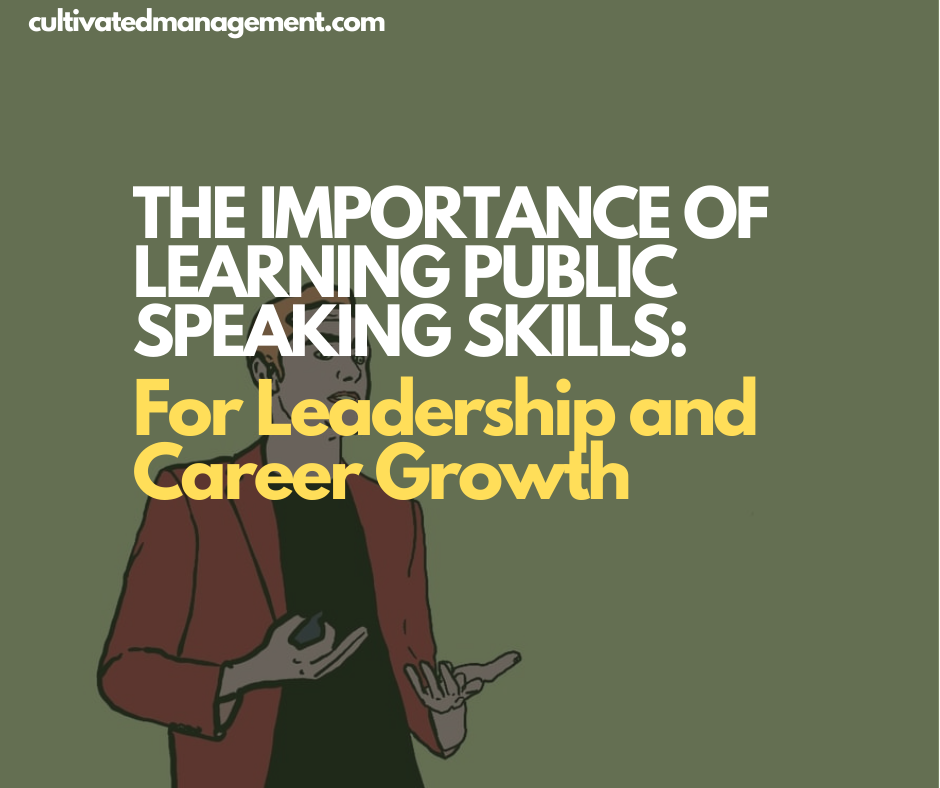
It’s not uncommon to hear people say they’re terrified of public speaking. And it’s natural — we’re putting ourselves out there, in front of others, sharing our ideas with the risk of critique or rejection. It’s hard.
But as we progress in our careers, public speaking becomes a vital skill. Whether you’re climbing the leadership ladder, leading without a formal title, or simply looking to boost your career, your ability to communicate, persuade, and inspire becomes more important than technical skills.
Selling ideas, aligning people, winning hearts and minds, and moving others into action all require effective public speaking.
There’s also a growing conference and community-speaking industry, where sharing your story, promoting an idea, or persuading people relies on good communication.
Listen to the podcast or read on for hints and tips.
I explore all of this in my book Zero To Keynote, and in my Super Power Communication Skills course, where I cover everything from preparation and structure to delivery and audience engagement.
Trinity of Effective Communication Bundle: Get Zero to Keynote, Workshop Mastery, and the Communication Superpower course—all in one powerful package.
How to Develop Competency in Public Speaking
Competency at your job does not mean competency on stage
Being good at your job doesn’t automatically make you a good speaker. Public speaking is a skill that requires fundamentals and lots of practice. I’ve spent years helping my teams develop this skill, and the difference it makes in career growth and influence is huge.
Facts need context and life
Many talks are full of data, facts, and numbers — but facts alone don’t persuade. People are moved by stories, context, emotion, and connection. Facts need a human to bring them to life, to make them meaningful. That’s where your ability as a speaker matters.
Don’t imitate others
Study presentations, learn from what works — but don’t copy. Use your own words, experiences, and personality. Authenticity matters. Style comes from you, not from someone else’s performance.
Don’t aim for perfect
Perfection is a myth. Practice doesn’t make perfect — it makes permanent. Practice until you know your material, your flow, and your style so that you can deliver confidently, even if something unexpected happens.
Bring enthusiasm and emotion
A common mistake is letting corporate neutrality drain your energy. Enthusiasm doesn’t mean bouncing around — it’s about showing that you care, that you know your topic, and that you believe in what you’re saying. Your feelings and personality are persuasive.
Focus on your purpose
Every talk needs a clear purpose: to sell, influence, inspire, inform, or entertain. Work out your goal and structure your talk around it. Stories, facts, and delivery should all serve that purpose.
Appearance matters — briefly
First impressions count. Your posture, clothes, and general presence help the audience judge competence and approachability. But a great talk can overcome a shaky first impression. Content, delivery, clarity, and emotion ultimately matter more than how you look.
Summary: Be Yourself, But Be Better
The most compelling presentations come from authenticity combined with preparation. Bring your facts to life, tell engaging stories, practice relentlessly, and stay true to your style. Improve, evolve, and refine—but never lose yourself.
When you do this, your audience connects. They engage, remember, and act. And your purpose is achieved.
My book Zero to Keynote is now out in print and digital. It’s a step-by-step guide to speaking at conferences—from sparking ideas and submitting proposals to crafting your talk, rehearsing, and delivering a presentation that stands out.

